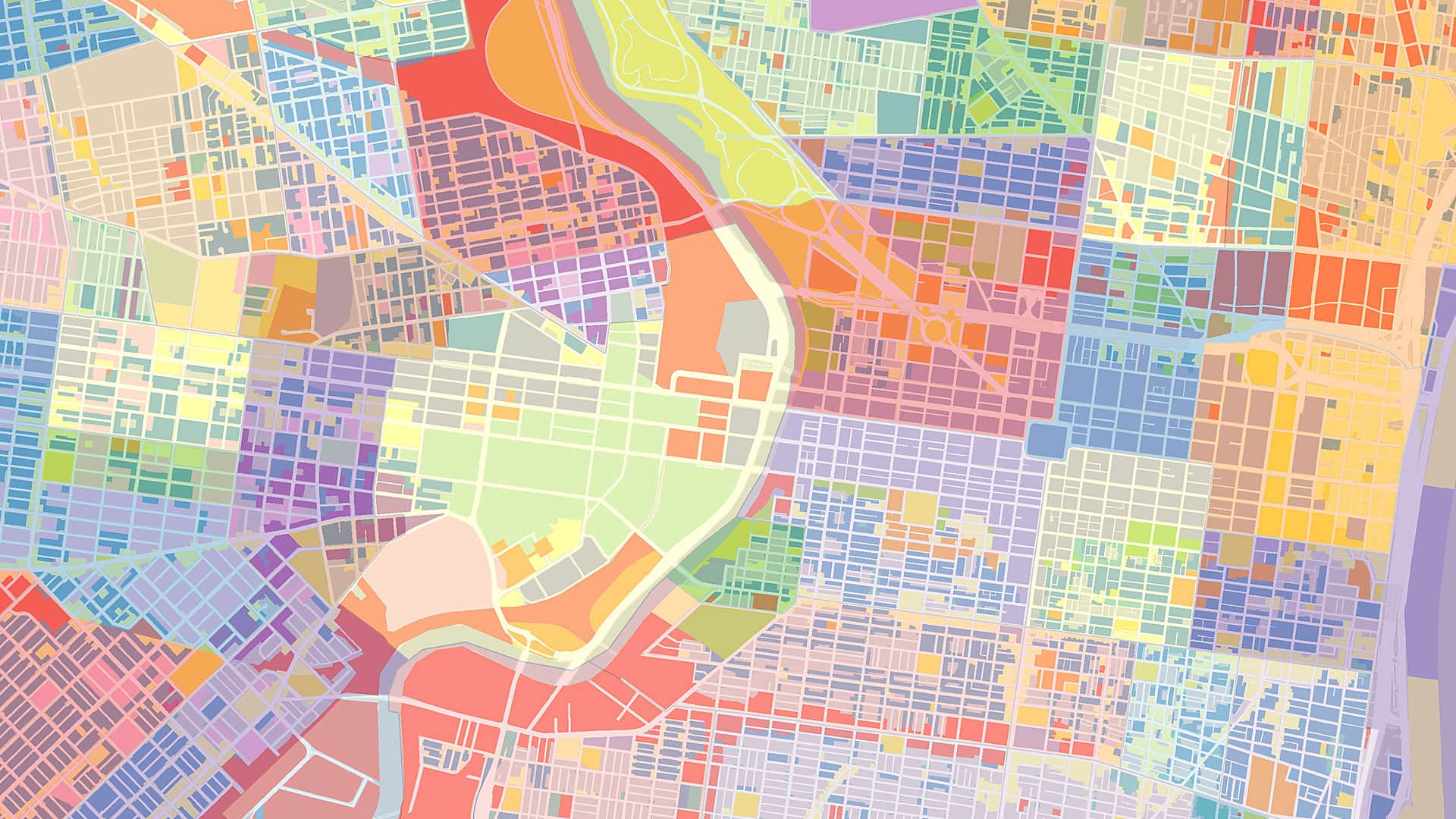Record numbers of workers are expected to retire in the next decade in what the United States Census Bureau and others have called the “silver tsunami” or “gray wave.” The baby boomer generation—those born after World War II, between 1946 and 1964—is retiring, with approximately 10,000 people turning 65 years old in the United States each day, a pace that will continue until 2030.
The challenges that all industries—but especially government agencies—are facing with this departure of workers have only been exacerbated and even accelerated by a yearslong pandemic. Employee retention is suffering, and competition is fierce for attracting young people into careers. As of March 2023, the public sector still had a net loss of 650,000 positions three years after the start of the COVID-19 pandemic, while the private sector has not only recovered its job losses but also filled nearly 900,000 new jobs in the same period, according to a recent article in American City & County, a news website for state and local government officials.
So how are governments adapting to this worker shortage to ensure that their communities remain safe and sustainable while continuing to meet their customer’s needs? Many of them are turning to GIS to capture seasoned workers’ knowledge, boost efficiency, and improve accessibility and transparency.
Proactively Safeguarding Knowledge
Many of the baby boomers who are retiring proudly proclaim two, three, and sometimes four decades of service to their organizations—often in the same department and, at times, even in the same position. While these achievements are worthy of celebration, the colleagues of soon-to-be-retiring employees are often left with a sense of doom as they prepare for decades of legacy knowledge of infrastructure, systems, and regulations to walk out the door.
Some organizations are taking a proactive approach to safeguarding this knowledge by working closely with long-standing individuals to capture as much of their expertise and know-how as possible in GIS. A public works department in one midwestern city, for example, took advantage of the functionality provided by GIS to transfer seasoned staff members’ knowledge about assets and undocumented processes into digital, GIS-based systems prior to their retirement.
For some organizations, the process involves locating and organizing paper documents for digitization. For others, it requires conducting oral interviews with people who are planning to retire soon. And at other organizations, it entails implementing a full campaign to collect data digitally in the field. By capturing this legacy knowledge in digital formats, these organizations will retain a clearer picture of their operational circumstances and will be better positioned to move into the future than their counterparts that don’t take action as workforce turnover continues.
Doing More with Less
In a survey conducted by the National Association of State Chief Information Officers (NASCIO), state-level CIOs ranked workforce concerns—including preparing for the future of work; reimagining the government workforce; and transforming knowledge, skills, and experience—as third. In part, this is because as public sector organizations face workforce shortages, there’s also increasing demand for government services due to climate change, accelerating rates of development, and regulatory alterations. Thus, governments must be savvy in managing the resources they have by doing more with less.
Many government agencies are turning to GIS to accomplish this. Implementing GIS can relieve demand on remaining staff members by making common processes and requests self-service. The technology can also provide a level of transparency to other departments and the public.
“GIS is the key that unlocks the doors to making incredible amounts of data available to anyone in the world,” said Larry Stein, the assessor for Oklahoma County, Oklahoma. “For Oklahoma County, it means [that] more than 25 million visitors to our website every year [get to see] information about more than 325,000 parcels online anytime, instead of having to travel to the courthouse to get the information they want.”
Stein also stressed how important it is to make data available to ensure that government services are transparent.
“Transparency is key in public agencies, particularly the assessor’s office,” he said. “By delivering fair, uniform, and equitable valuations, the public can see and use the data available.”
When government agencies employ GIS, customers can find the data they need in easy-to-locate and convenient formats, often in modern web-based experiences. For instance, the app that the Oklahoma County Assessor’s Office made available to the public enables people to search for detailed property information. Having apps like this is also becoming a standard expectation for customers and residents.
The fact that GIS can be a real-time solution also reduces the amount of time that staff members need to spend updating and maintaining data to ensure that leaders have the most current information to support critical decision-making. Increasingly, artificial intelligence (AI) and machine learning (ML) are being used to automate the time-consuming data conversion and input tasks associated with performing property inspections, converting documents, and more. When AI and ML are used to alleviate these responsibilities, agencies only need to engage staff members in these tasks to provide quality assurance and control.
Weathering the Workforce Climate
Today’s workforce tends to have a higher turnover rate than past generations, making it especially important for organizations to have stable and secure means of storing and sharing critical data. When an employee leaves an organization, operations and decision-making must continue. Leveraging GIS answers this call.
GIS provides an easily accessible, scalable, and centralized system for recording and then using data that was previously siloed or hidden from public view. It is also flexible technology that is capable of handling rapid change.
Many government agencies are also employing GIS to attract new talent. By modernizing tired or outdated workflows using cutting-edge technology, government organizations are striving to entice younger professionals to build careers in public service. In some instances, existing junior staff are being called on to help bring their organizations into alignment with modern expectations, creating growth opportunities and encouraging retention through direct engagement.
By employing GIS in a vast array of processes and projects, government organizations can achieve the stability they need to weather the current workforce climate.


